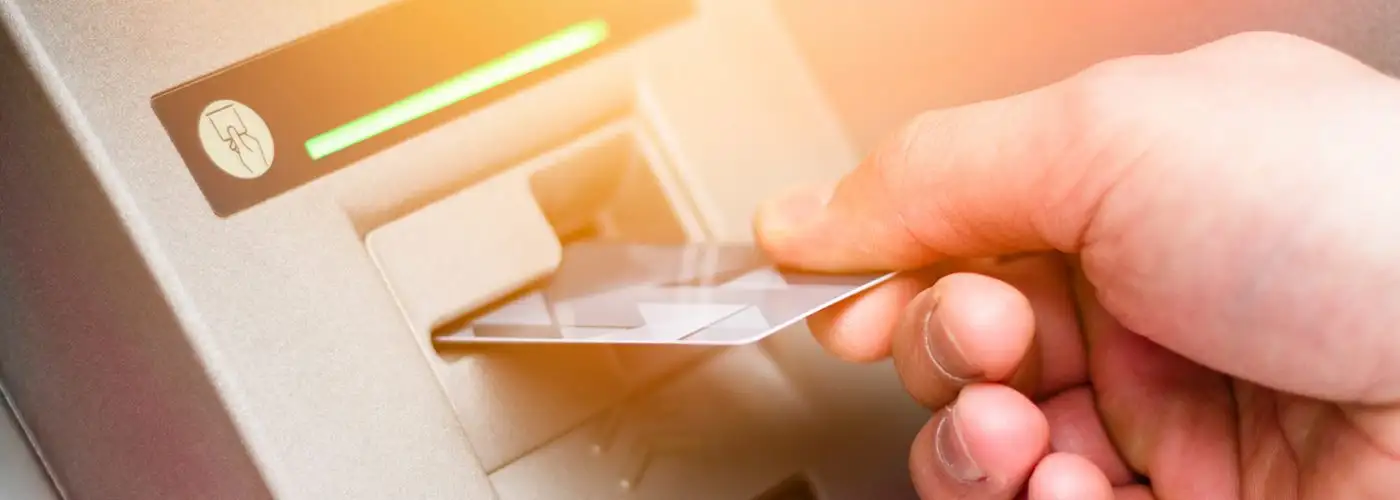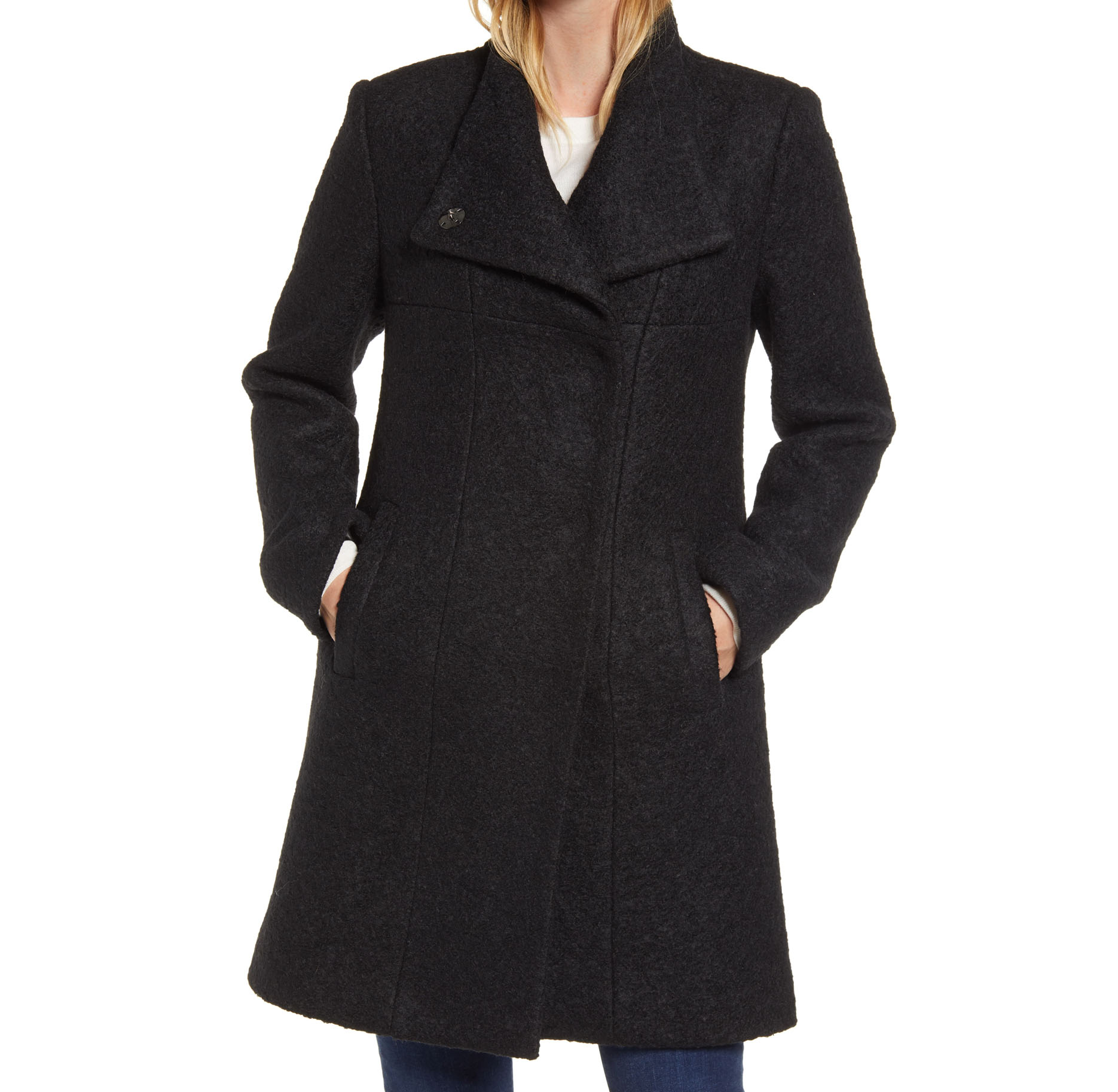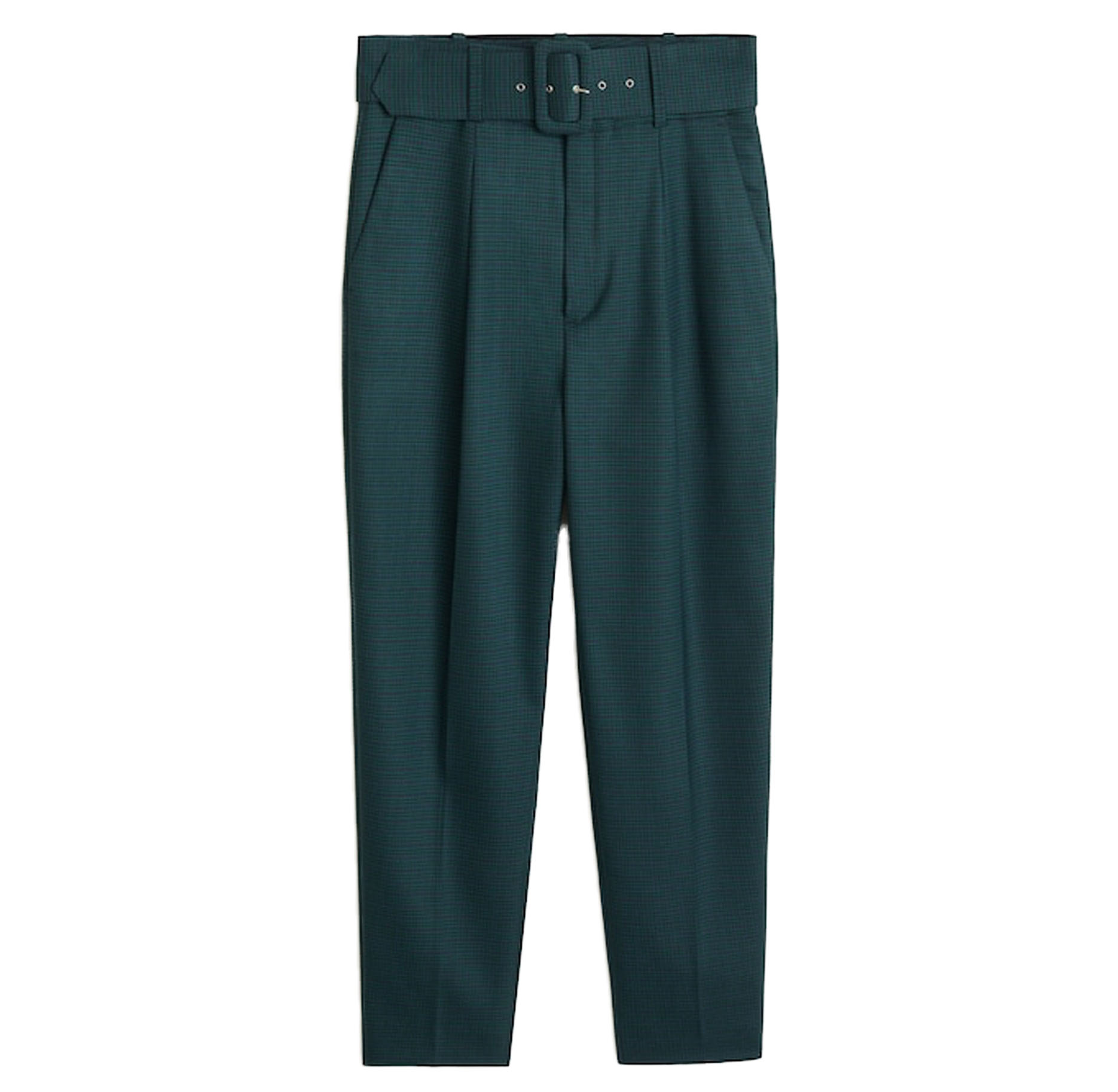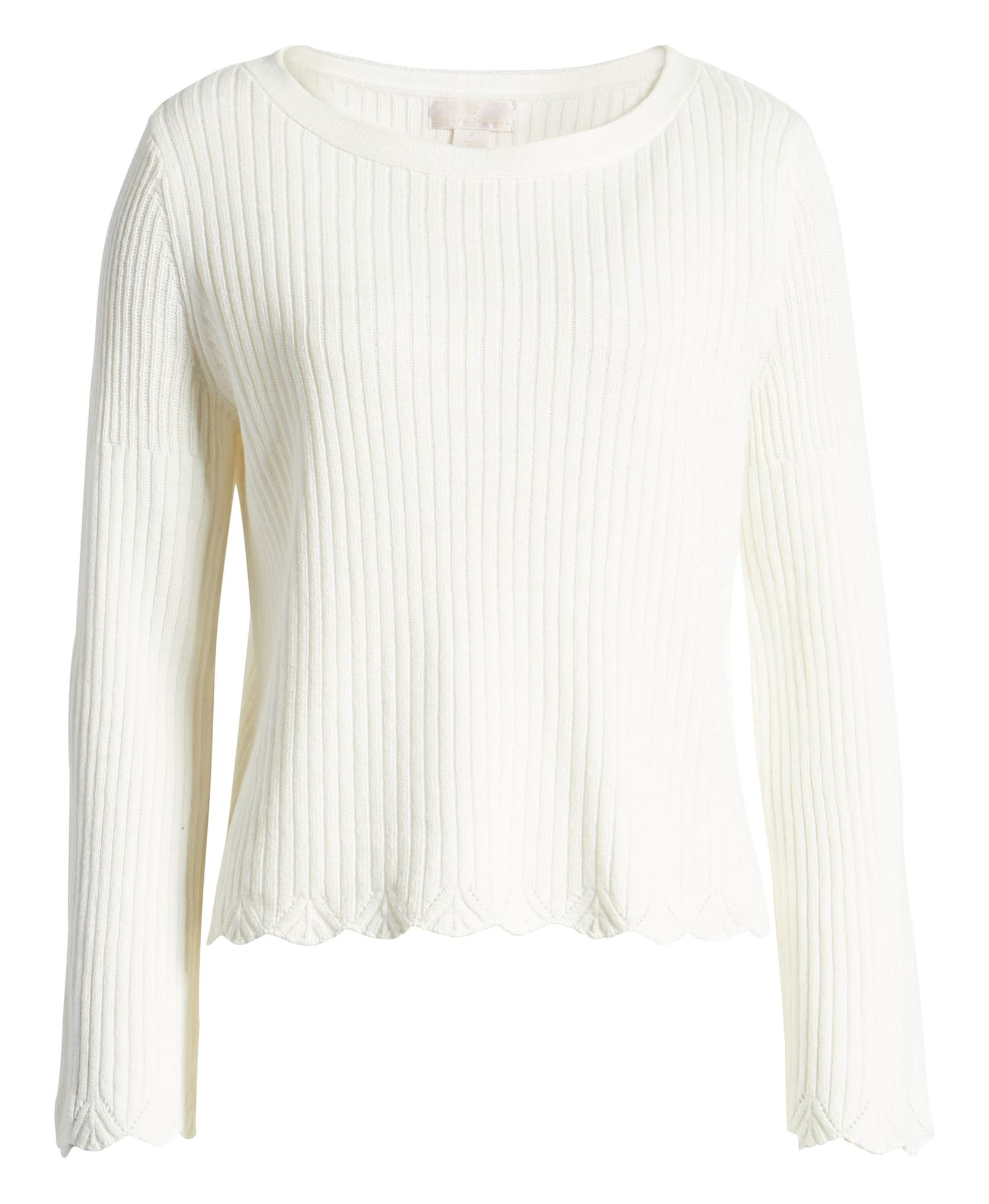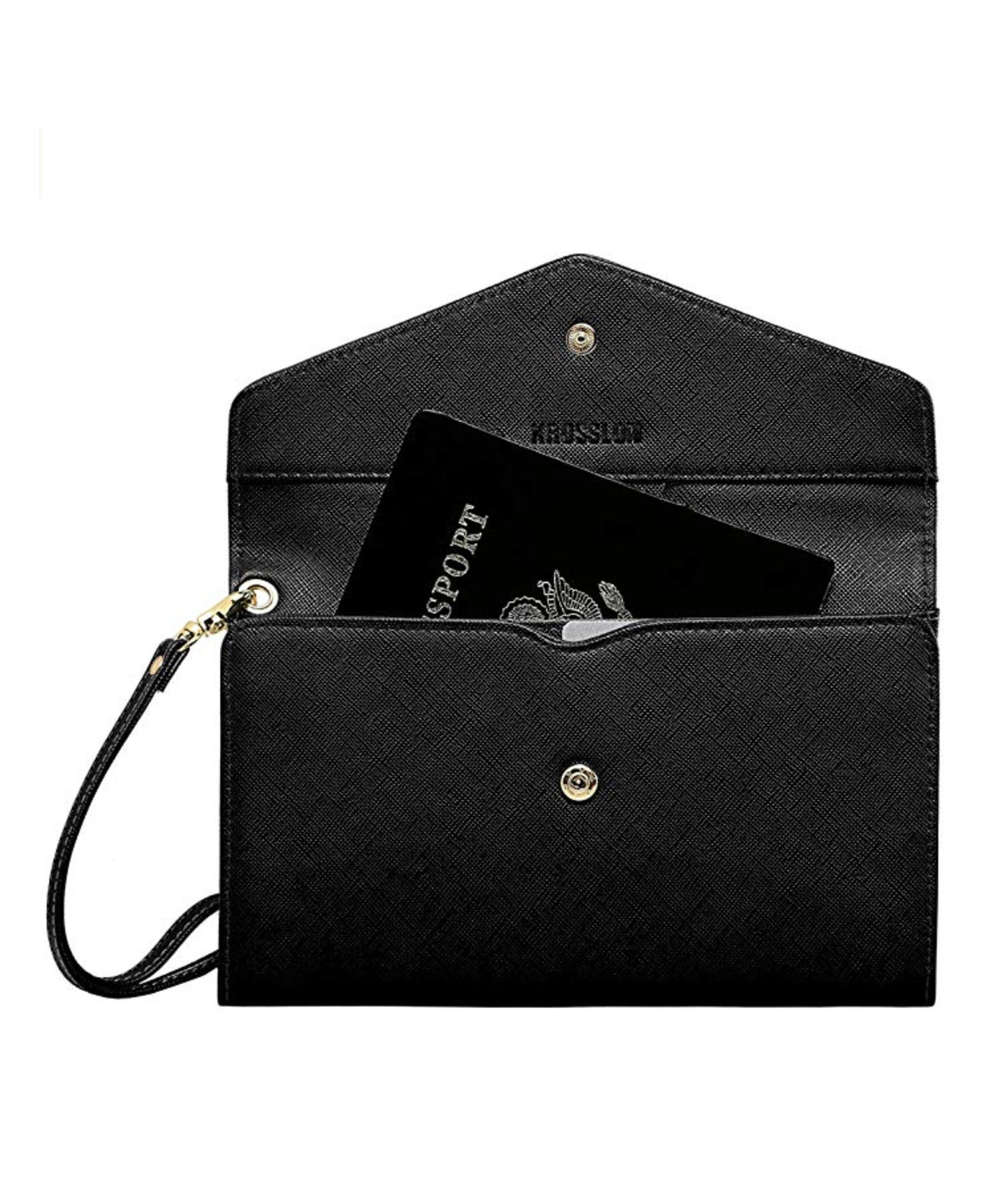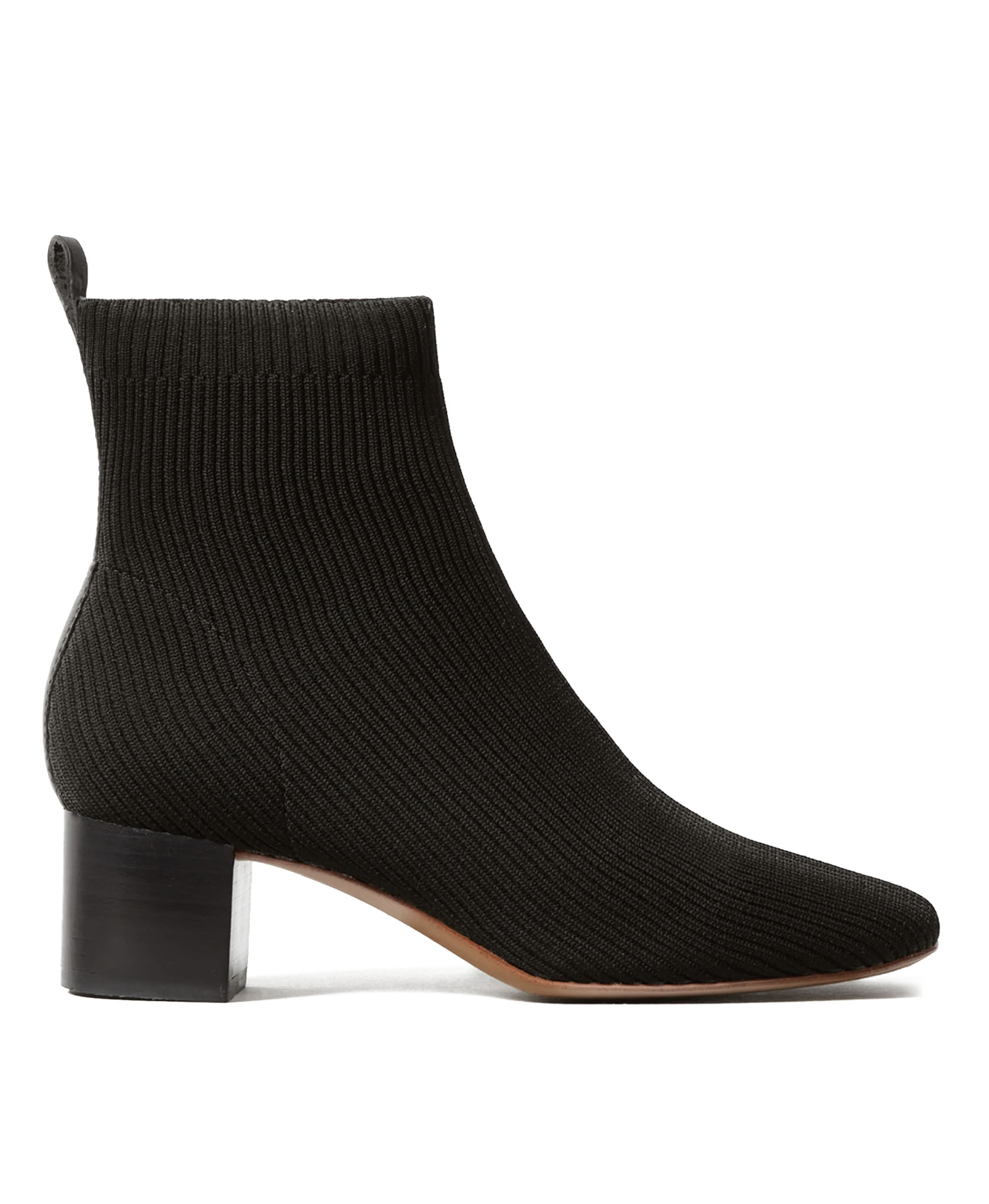Whether you need euros, shekels, pesos or pounds, making a withdrawal from an ATM is generally the easiest and cheapest way to get cash abroad. The biggest advantage of exchanging money with your ATM card is that all cash withdrawals, regardless of size, are exchanged based on the wholesale exchange rate, which is usually reserved only for very large interbank exchanges.
This rate is often significantly better than what you can get from exchanging money at a local exchange counter. In addition, local banks or money change bureaus will add on transaction fees, which can easily eat up another 2 percent of your money.
That’s not to say there aren’t any fees associated with withdrawals at international ATMs — see below — but if you need cash, you will still almost always get the best exchange rate at the lowest possible cost by using your ATM card.
Finding International ATMs
If your ATM card is linked to the PLUS, Cirrus or Maestro networks, you have the option of using it to obtain cash virtually anywhere in the U.S. and in hundreds of countries worldwide. Each network has more than a million ATMs. The PLUS network is associated with Visa, so your Visa card will usually work at those ATMs. Likewise, the Cirrus and Maestro networks are associated with MasterCard, and so ATMs marked with these logos usually accept MasterCard for cash advances. The majority of ATMs accept cards from any of these major networks.
Before you leave home with just your ATM card, however, make sure that the Cirrus, Maestro or PLUS networks are readily available where you’re going. While these networks are increasingly common overseas, they are still only available at a limited number of banks in some countries. Each network has an online locator to help you find international ATMs:
MasterCard/Cirrus/Maestro ATM Locator
Visa/PLUS ATM Locator
The back of your ATM card often shows the logos of the networks your card is linked to. If your card is not a part of either Cirrus or PLUS, you may find it difficult to find ATMs to use abroad. Contact your bank for assistance.
Using Your Card Abroad
If your PIN is based on letters rather than numbers, translate the letters into numbers before leaving the country. Many ATMs only have numbers on the keypad. Another thing to keep in mind: Some ATMs abroad will only let you access the primary account on your ATM card.
Sudden changes in your account activity, such as frequent withdrawals in a foreign country using your ATM card, can sometimes trigger a fraud alert and cause your bank to freeze your account. To prevent being stranded overseas without a functioning ATM card, call your bank before you leave to let them know where and when you will be traveling. During the same phone call, ask for a number that you can call from overseas in case your card is lost or stolen — often the number listed on the back of your card will only work in your home country. Be sure to keep this number in a separate place from your card.
It’s important to have a back-up plan in case your card is lost, stolen or eaten by an ATM machine; this could be in the form of a second ATM card (either your own or a travel companion’s), cash, credit cards or traveler’s checks.
ATM Fees
At the very least you will probably be charged the same transaction fee, if any, that your bank charges you when using another bank’s ATM. However, many banks charge higher fees for international ATM withdrawals — either a flat rate (typically $1 – $6) or a set percentage of your total withdrawal (usually 1 – 3 percent). Check with your bank before each trip abroad, as these fees can change often and without warning. To add insult to injury, you may also be charged a fee by the owner of the foreign ATM.
Because these small charges can add up quickly, you will probably want to withdraw larger amounts than you might normally do at home — so be sure you have a safe, well-concealed place to keep your cash. (See Money Safety Tips for Travelers for more.) When deciding how much to withdraw, try to choose an uneven amount (180 euros rather than 200, for instance) so you don’t wind up with huge bills that you’ll have trouble breaking.
More from SmarterTravel:
- 10 Travel Money Mistakes to Avoid
- 6 Things Newbies Should Know About International Travel
- 11 Ways to Prevent Identity Theft While Traveling
We hand-pick everything we recommend and select items through testing and reviews. Some products are sent to us free of charge with no incentive to offer a favorable review. We offer our unbiased opinions and do not accept compensation to review products. All items are in stock and prices are accurate at the time of publication. If you buy something through our links, we may earn a commission.
Related
Top Fares From
Today's Top Travel Deals
Brought to you by ShermansTravel
Shop and Save with Country Inns...
Patricia Magaña
 Hotel & Lodging Deals
Hotel & Lodging Deals
$229 -- Chicago: Discounted Rates and...
Francesca Miele
 Hotel & Lodging Deals
$229+
Hotel & Lodging Deals
$229+
$188 -- Honolulu: Save on Oceanview...
Abigail Lamay
 Hotel & Lodging Deals
$188+
Hotel & Lodging Deals
$188+
